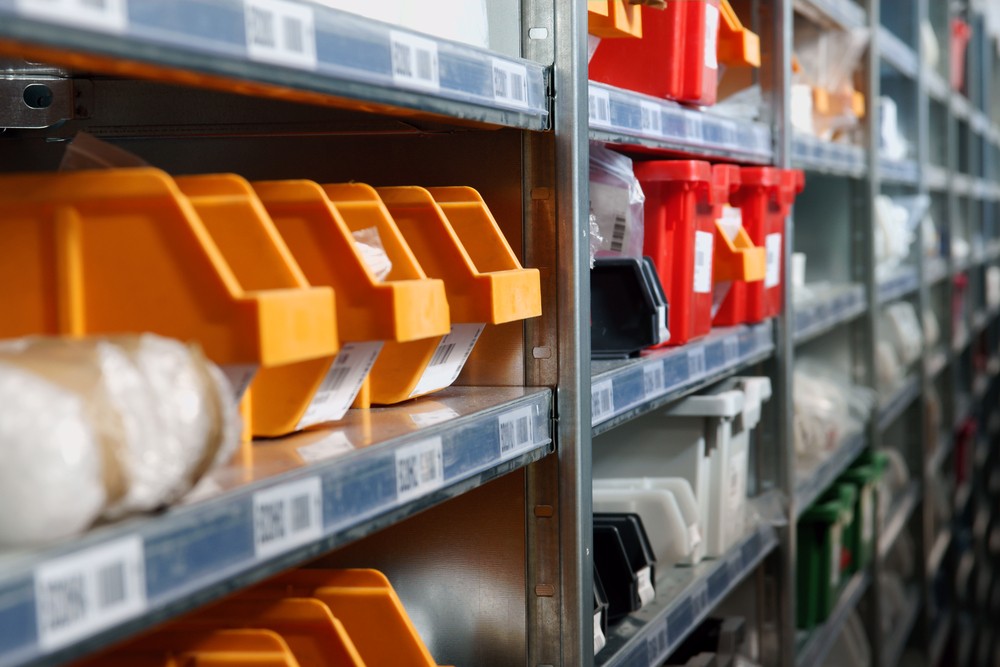OEM vs. ODM vs. CM: What’s the Difference?

Manufacturers operate in many different capacities. Sometimes, they produce a product that’s both designed and manufactured in-house. Other times, they manufacture a customer’s product based on design specs. Whatever the case, the core function of a manufacturer is production.
Different modes of production are important distinguishing characteristics. They tell the tale of a company’s capabilities and the extent of the work it does. Most often, producers fall into one of three categories: OEM, ODM, or CM.
Original equipment manufacturer (OEM)
OEMs develop and sell parts that another company uses in their products. The company that buys OEM parts, called a value-added reseller (VAR), then sells the completed products under their own brand. Generally, the OEM focuses on selling to other businesses — B2B sales — while the VAR focuses on public marketing.
The OEM and VAR work closely together to design and develop products to meet the latter’s specific needs. OEMs generally produce quality products with a longer lifespan than aftermarket products.
Original design manufacturer (ODM)
ODMs design and create the products sold by an OEM. An OEM provides the ODM with the design for a product to build. The ODM then delivers the “ready-to-go” products for an OEM to sell under their company name. In most cases, the ODM retains rights to the intellectual property used to create said products.
Manufacturers benefit from using ODMs. They help reduce development time and can implement new technology when necessary — making it easy to quickly upgrade products. ODMs also have the capacity for high-volume production.

Contract manufacturer (CM)
A small business may hire another company, or contract manufacturer (CM), to produce their products. This negates the need for a small business to build and run its own factory.
Companies should seek out CMs with experience producing the type of product they need made. Other qualities to look for in a CM include a well-managed facility, ISO-certified manufacturing standards, and the capability to keep up with customer demand.
The biggest disadvantage to contract manufacturing is the lack of direct control the hiring company has over the final product’s quality. That said, partnering with proven manufacturers mitigates quality control risks and leads to a streamlined production model for the business and its products.
Which solution is right for you?
The choice between working with an OEM, ODM, or CM comes down to the extent of manufacturing partnership that works best for your production priorities. Do you need someone to handle the start-to-finish production of your product, or do you need someone to take a finished design and turn it into a tangible product? Get familiar with your needs and expectations for manufacturing. Then you can choose the type of producer to fit your business model.
